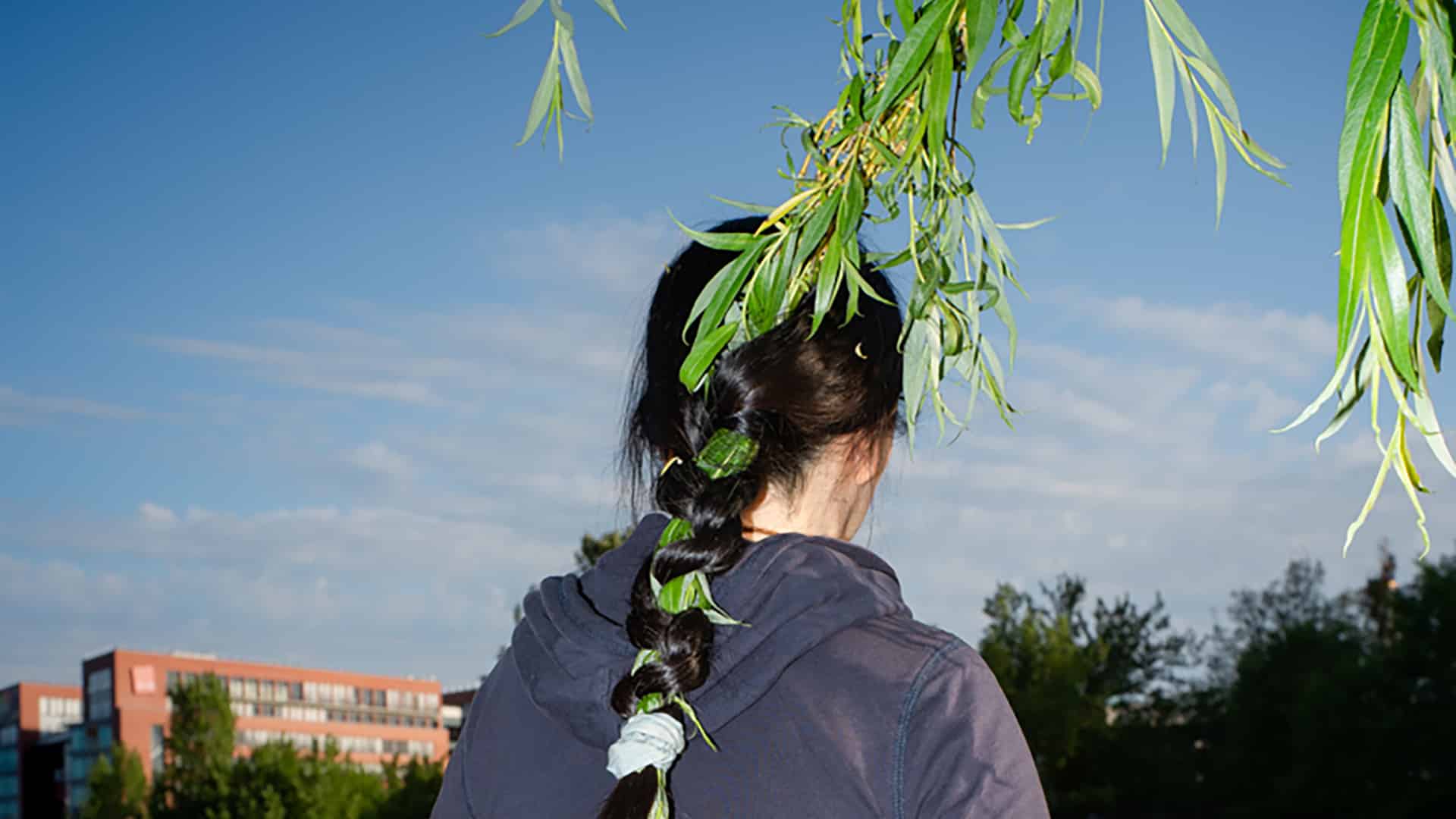In 2016, Feng Li mainly walked the streets of Chengdu, China. At the time, he was still alternating between his official job at the propaganda office in his province and his personal projects as an artist, namely a series called White Night, in which, for the past fifteen years or so, he has been photographing his chance encounters with his fellow man, whom he has the gift of capturing with his flash in attitudes that are, to say the least, surreal. Four years later, he left his official job, dabbled in fashion photography while still doing his street photography, and traveled to Paris on several different occasions, including a four-month residency that ends this month.

You’re getting blind.
Don’t miss the best of visual arts. Subscribe for $9 per month or $108 $90 per year.
Already suscribed ?



